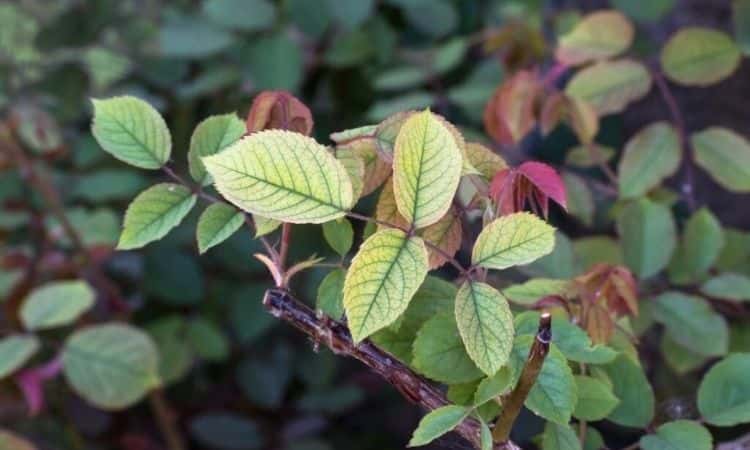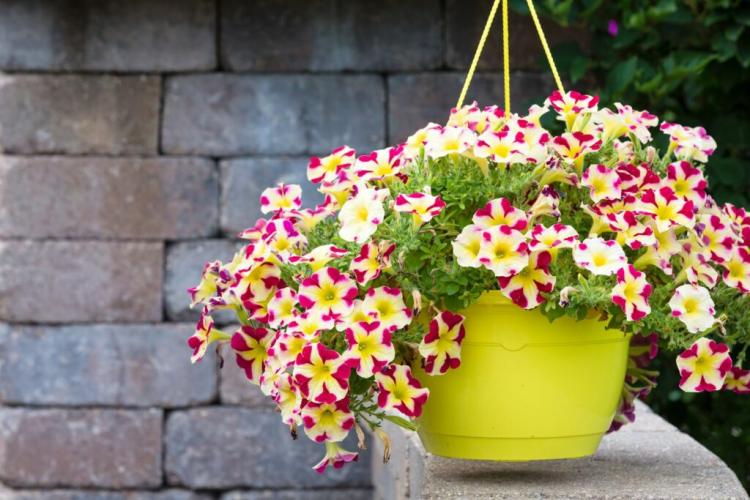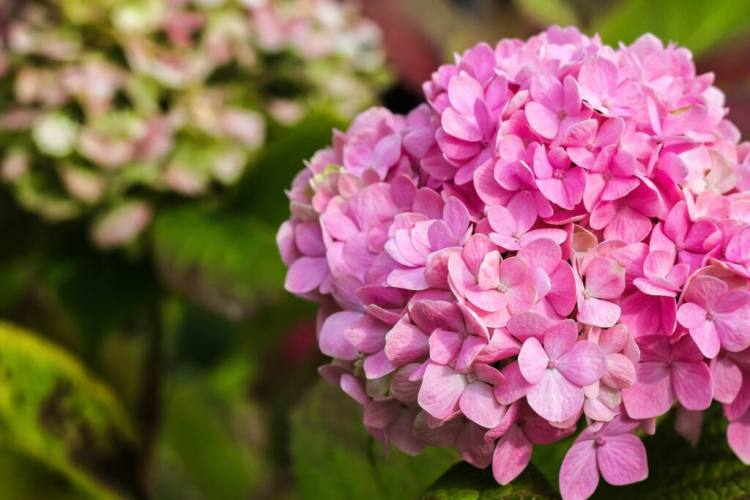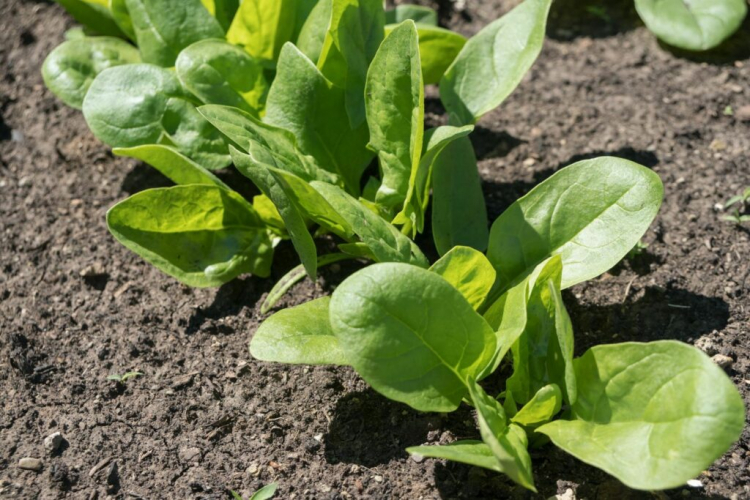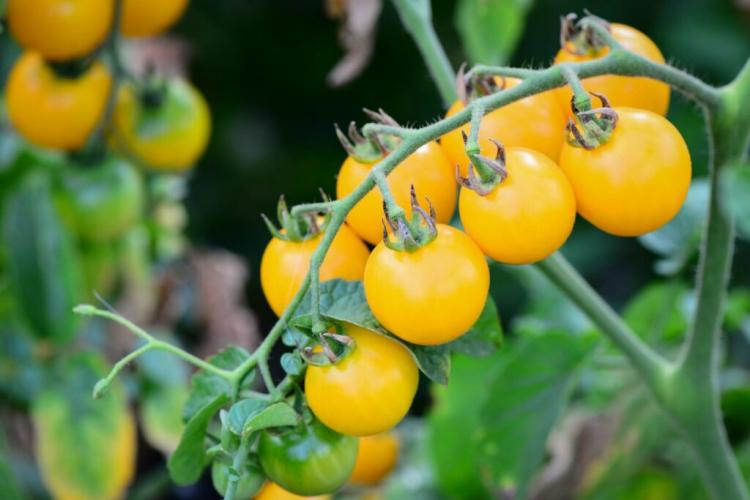Fertilizing Oleander: Proper Care For Magnificent Flowers
A balanced nutrient ratio is necessary for a splendid oleander blossom. When, how and with what to fertilize oleander correctly, you can find out here.
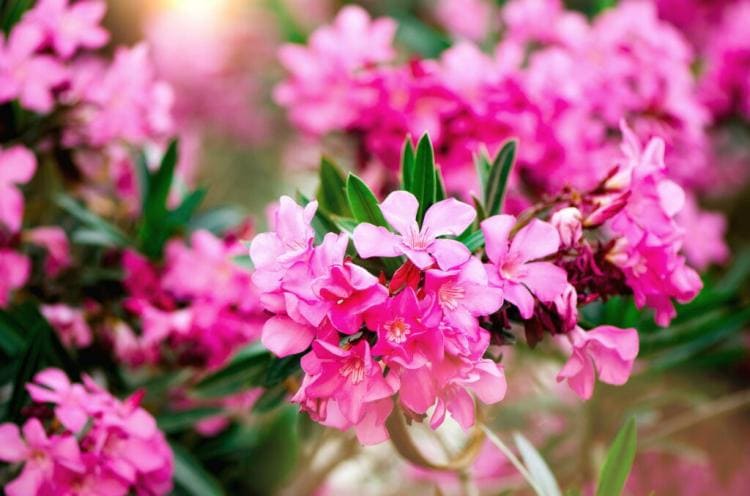
For a rich flowering, the oleander, as a heavy eater, needs the right amount of nutrients [Photo: j.chizhe / Shutterstock.com]
Even though Vincent van Gogh is best known for his love of painted sunflowers, the oleander ( Nerium oleander ), also known as rose laurel, also found a place in the artist’s colorful world. No wonder, because the delicately feminine flowers still enchant hobby botanists and friends of beautiful things to this day. In order for these striking flowers to show themselves in harmonious white, yellow to pink-red tones throughout the summer, the plants do not only need warmth and sun. A sufficient supply of nutrients in the form of regular fertilizers should also be ensured for these heavy eaters, especially in bucket culture. At the same time, you should pay attention to the special needs of the oleander in terms of soil conditions.
Oleanders spread a Mediterranean ambience within the local flora in the tub on the terrace and balcony, sometimes also planted in the bed. But in order for the blooms to last from mid-June to September, the plants need a lot of nutrients. So that you know how you can increase the number and size of flowers in your oleander with the right fertilization, we explain when, with what and how often you should fertilize your plants.
Fertilizing oleander: the right time
Table of Contents
As with any plant, the right time also plays an essential role for successful fertilization with oleanders.

When planting, the oleander can be fertilized with compost, for example [Photo: Singkham / Shutterstock.com]
Fertilize oleanders when planting
You can put your green darling in plenty of nutrients when you are planting or repotting your oleander. For this purpose, ripe compost or another organic slow-release fertilizer is mixed into the soil used. An additional enrichment with rock flour also provides your oleander with all the important trace elements and a load of lime, which ensures the correct soil pH value between 5.8 and 7.0. After repotting or planting, you should not use the fertilizer again until six weeks at the earliest.
Fertilize oleander in spring and summer
Otherwise, the oleander is fertilized for the first time after leaving the winter quarters in spring. This start fertilization takes place as soon as the outside temperature is around 15 ° C. Now the growing season of your Mediterranean plant begins. Usually this is the case around April or May. The plant itself also signals when it needs nutrients again. If the leaves of your oleander slowly turn darker after hibernation, the time has come for the first fertilization. Fertilize your oleander about once a week to every 14 days from spring until the end of August. If a long-term fertilizer is used, the initial fertilization in spring is sufficient, as well as further fertilization in early summer. This choice not only saves you one or the other fertilizer application. If you use an organic slow release fertilizer such as our Plantura organic flower fertilizer, you will also protect your oleander from over-fertilization. In addition, they not only promote the health of your plant, but also that of the entire soil life.
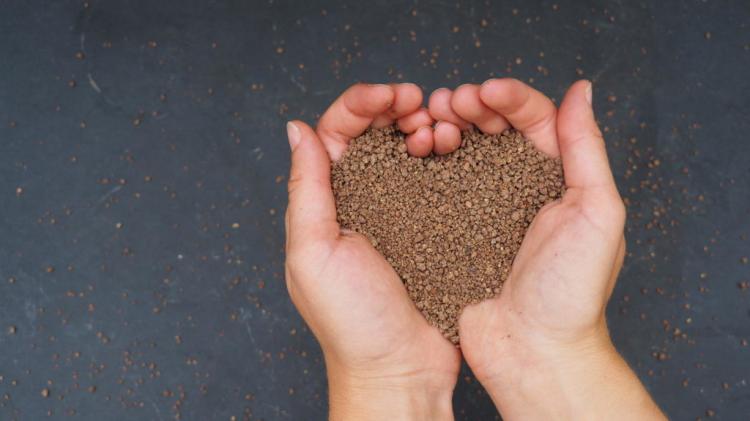
Long-term fertilizers, such as our Plantura organic flower fertilizer, promote the health of the plant and the soil
Fertilize oleander in autumn
From autumn fertilization of the oleander is stopped so that the newly formed shoots have enough time to mature by winter. To support this ripening process, autumn fertilization with potash fertilizer can be carried out in August. The potassium supports the quick ripening of the shoots and makes your plant more resistant to low temperatures. It should be noted that the Mediterranean shrub should not be exposed to temperatures below -5 ° C even with this support. In winter, the fertilization is completely stopped, the plants need their hibernation. In this they run on the back burner and do not need any additional nutrient supply.
Summary: the right time to fertilize oleander
- When planting or repotting, ripe compost, rock flour or another long-term fertilizer is mixed into the soil; after that there is no fertilization for at least 6 weeks
- From spring (March / April) to the end of August fertilization is carried out regularly every 1 – 2 weeks; When using an organic long-term fertilizer such as our Plantura organic flower fertilizer, a single fertilization in spring and another one in early summer is sufficient
- Autumn fertilization in August with potash fertilizer for greater resistance in winter
Fertilize oleander: deficiency symptoms
If the otherwise ever-green leaves of your oleander turn yellow and fall off, this may be due to deficiency symptoms such as a lack of water or nutrients. However, it can also be part of the normal life cycle of the oleander, because the leaves only get two years old and then say goodbye. Before that, all the nutrients contained in the leaf are released to the plant. As a result, the yellow discoloration occurs before the leaves are shed. You should therefore only worry about your oleander if a lot of leaves are shed over a short period of time. The way the leaves change color before they are thrown can also make it easier to find the cause. Pale leaves with recognizable leaf veins and a lack of or poor flowering indicate a lack of nutrients.
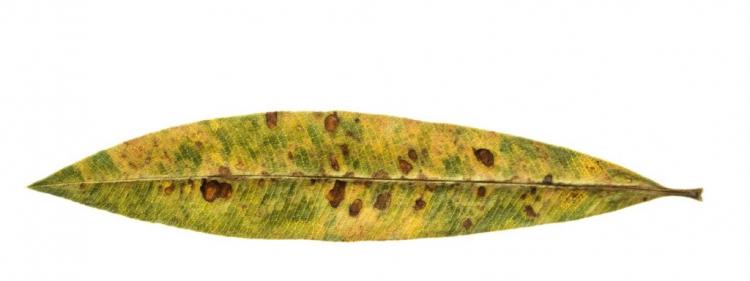
Yellow discoloration on the leaves of the oleander can be a sign of water or nutrient deficiency [Photo: Artography / Shutterstock.com]
Emergency fertilization with mineral fertilizers helps here. This is available more quickly than the organic variant, which is an advantage in combating deficiency symptoms quickly. Make sure, however, that the application of highly concentrated mineral fertilizers does not result in over-fertilization from the deficiency. Often, an insufficient supply of nutrients is not due to insufficient fertilizer application, but to an incorrect soil pH value due to the use of very soft irrigation water or acidifying nutrient sources such as ammonium fertilizer or coffee grounds as fertilizer. These lower the pH value in the soil and thus limit the availability of nutrients. This can be remedied by repotting, watering with hard tap water or fertilizing with lime with rock flour or eggshells.
Fertilizer for oleanders: how and with what fertilize?
Specialized fertilizers for oleanders or Mediterranean plants are available from specialist retailers. In addition to the important primary nutrients nitrogen, potassium and phosphate, these also contain trace elements such as magnesium, boron, copper, iron, manganese, molybdenum and zinc. Especially in pot culture, these minerals are quickly used up due to the low soil storage capacity and the heavily draining nature of the oleander. However, any other flower fertilizer can also be used. If important trace elements and minerals are missing in the fertilizer, you can add rock flour. Also, make sure that you avoid fertilizers that are very nitrogenous, so that your oleander concentrates its energy on abundant flowering and not on excessive height gain.
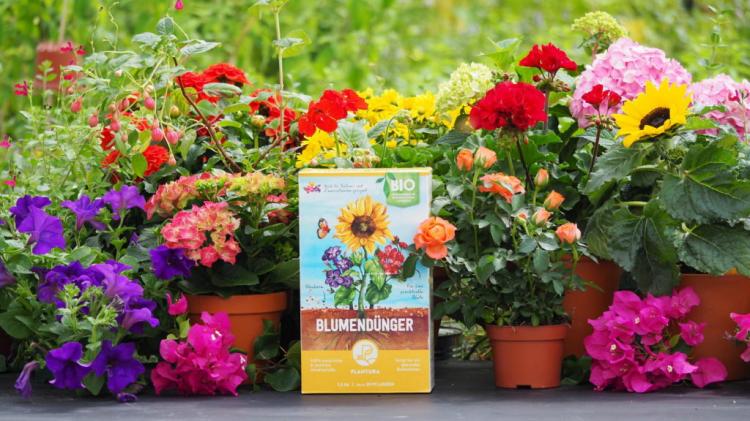
The Plantura organic flower fertilizer is perfect for fertilizing oleander
With an NPK ratio (nitrogen to phosphate to potassium) of 4 – 2 – 7, our Plantura organic flower fertilizer is an ideal source to meet the nutritional needs of your oleander. The extra potassium also supports the frost resistance of the plant in winter, because it accelerates the lignification of the shoots. Due to the complex form, in which the organic components are almost exclusively, the nutrients are slowly released in the soil. So you only have to use fertilizer once a year and avoid harmful over-fertilization. If you want to maximize the number and size of flowers and encourage re-flowering, it is best to fertilize with a phosphorus-based fertilizer. This is given a maximum of every four weeks.
Long-term organic fertilization for oleanders: instructions and dosage amounts
Our Plantura organic flower fertilizer with organic long-term effects offers you a long-lasting and environmentally friendly supply of all important nutrients, because all-round care for your oleander is possible even with the exclusion of animal products and using almost exclusively organic sources. So that the fertilization works, we explain step by step the correct application of our Plantura organic flower fertilizer.
- Before planting, work 100 – 150 g / m² (well-filled 0.2 liter jar) of our Plantura organic flower fertilizer into the upper soil layer
- Pour the soil and freshly used oleander well so that the granules can dissolve well
- With maintenance fertilization in spring, you should fertilize another 80 – 120 g / m² (0.2 liter jar) per plant
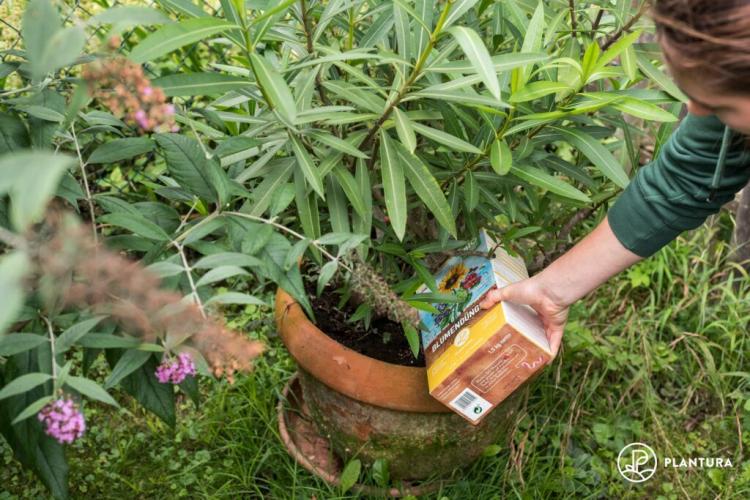
You should also provide your oleander with important trace elements and minerals, especially in pots
When it comes to pail culture in particular, it is important not only to think about the usual macronutrients such as nitrogen, phosphate and potassium. Since oleander is one of the strong eaters, trace elements such as iron, magnesium and calcium should also be applied. Because in the limited conditions of a bucket, the stocks stored in the earth are quickly used up. Rock flour, which is sprinkled on the ground once a year in spring in the root area, provides a remedy here. Then it is poured vigorously. Apply 150 to 300 g per m², depending on the lime content of the soil. The more calcareous the soil, the less you should fertilize. The rock flour also has the advantage that the soil pH value is buffered for the Mediterranean plants. The plants feel particularly comfortable at a pH value between 5.8 and 7.0. The plants here do not have very high standards.
Fertilize oleander minerally: blue grain and Co.
Especially with plants like the oleander, which are usually kept in pots, you can also use the mineral fertilizer variant. However, make sure that you fertilize with blue corn and Co. according to the manufacturer’s instructions and also add the necessary trace elements. Because even if over-fertilization is not life-threatening with the oleander, it is not good for the health or the appearance of the plant. Over-fertilization is evident through a brown discoloration of the leaf edges.
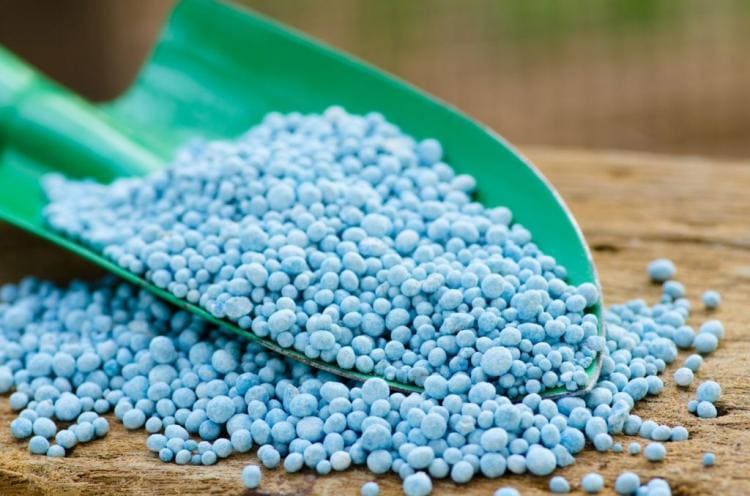
Mineral fertilizers such as blue grain can quickly become over-fertilized [Photo: Singkham / Shutterstock.com]
The damage to the fine roots of the plant caused by the salinization of the soil remains invisible. In the event of over-fertilization, rinse the bucket with your oleander with plenty of water without causing waterlogging, and only fertilize again when the plant has recovered. This can sometimes take a long time because the damaged leaves must first be thrown off and replaced with fresh leaves.
Fertilize oleanders with home remedies: coffee grounds and Co.
Even what is usually declared as waste can still serve as a source of nutrients for the oleander. It is better to let coffee grounds or banana peels wander into the ground than into the organic waste. Dried and incorporated into the plant substrate, you offer your oleander an inexpensive and organic alternative to purchased fertilizers. Coffee grounds, however, have an acidic effect on the soil. If it becomes too acidic for your oleander, the availability of nutrients in the soil is limited.

When fertilizing with coffee grounds, care should be taken that the soil does not become too acidic [Photo: Monthira / Shutterstock.com]
Lime can help here. And in this case, too, the organic waste can become a treasure trove: Simply mix in a fertilizer from crushed eggshells as a source of lime. If you use rock flour to supply your plants with important trace elements, you can also dare to use plant residues as a fertilizer alternative, because rock flour reduces the unpleasant smell of the liquid manure and makes it an attractive fertilizer variant. In this way you can give plant residues such as weeds in the garden a meaningful second use.

